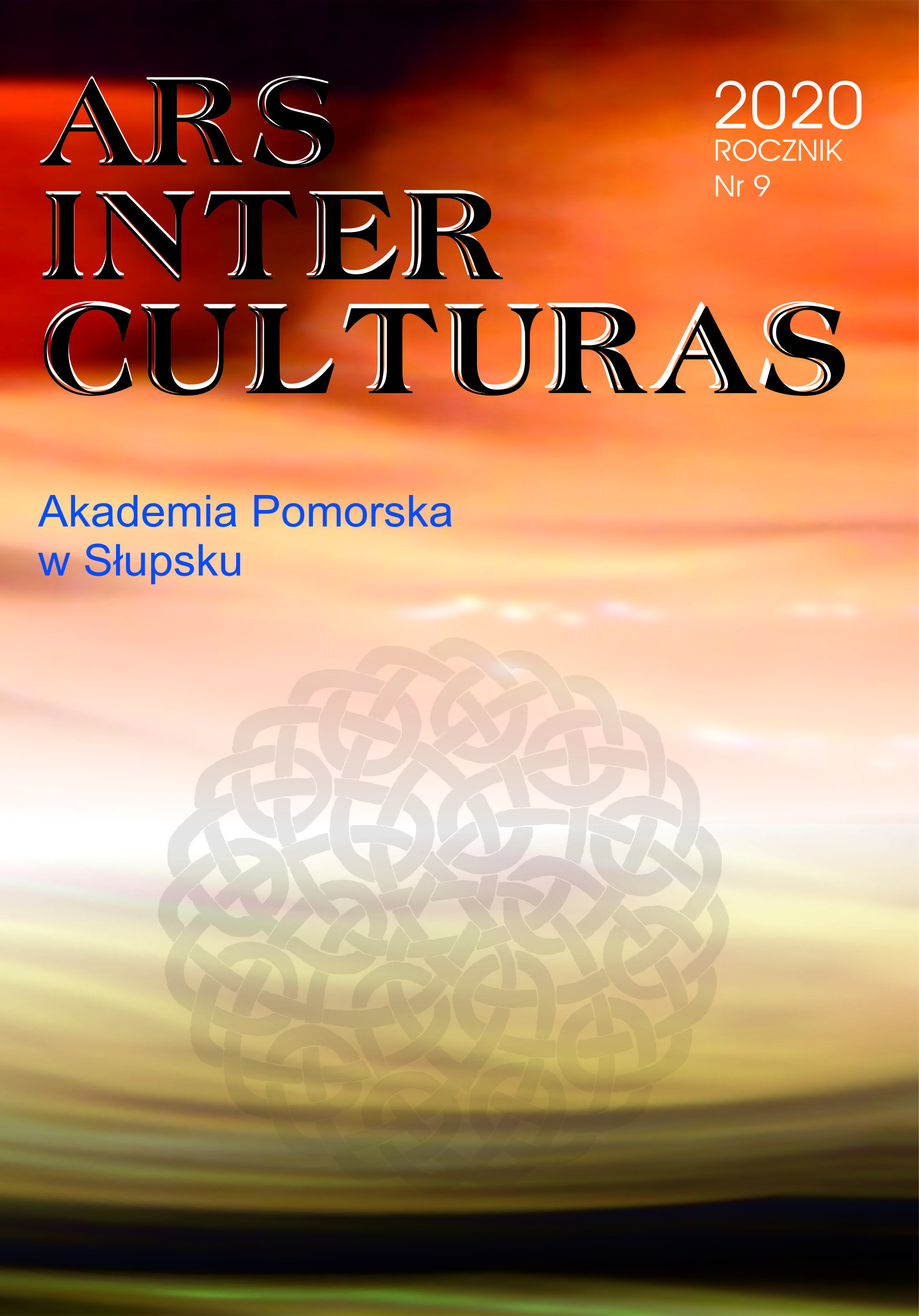Kształtowanie się współczesnej koncepcji polskiego systemu szkolnictwa muzycznego w latach 1945–1959 w kontekście dyskusji środowiskowych
Shaping the Contemporary Concept of the Polish Music Education System from 1945-1959 in the Context of Community Discussions
Author(s): Jarosław DomagałaSubject(s): Politics / Political Sciences, History, Philosophy, Social Sciences, Fine Arts / Performing Arts
Published by: Wydawnictwo Naukowe Akademii Pomorskiej w Słupsku
Keywords: music education; music schools; history of education; music education system
Summary/Abstract: In the period after World War II, a new three-tier organization of music education was intro- duced in Poland. In 1945, schools were divided into music schools of lower degree, middle degree schools and music colleges and academies as higher music education. There were also music appreciation schools The solutions adopted were largely based on the patterns that exi- sted in the Union of Soviet Socialist Republics. The three-tier structure enabled – according to the designers of this model – to adapt teaching to new needs and specialize depending on the student’s level of talent. However, the introduction of new organizational solutions faced dif- culties, some of the music community questioned the scope, pace and nature of the changes. A separate position was presented by many recognized Polish musicians and teachers. Music schools introduced the new teaching structure in a slow and often reluctant manner. As a result of the pedagogical discussion in the late 1940s and early 1950s, the Ministry of Culture and National Heritage introduced quite signi cant changes. Although the three-tier structure was retained, music appreciation schools were closed.In the 1950s, intensive e orts were undertaken at the Ministry of Culture and Science to analyze the problems of the Polish model of music education and prepare new structural solutions. Outstanding representatives of Polish musical life took part in these. A number of systemic di culties were noticed, including students overburdened with studies, high drop-out rates, and arti cial separation of the stages of education. New concepts for the organization of education were presented, frequently with references to the old, pre-war solutions, which were appreciated as already tested and more e ective. Some outstanding musicians and teachers presented their critical standpoints in the music press. Despite the unequivocal position of many representatives of the pedagogical and music community, the authorities of the Ministry of Culture and National Heritage lacked the determination and su cient courage to carry out a fundamental reform of the Polish model of music education. Legal acts were prepared and published in which the then current model of education was maintained. Primary music schools of the rst degree were provided functions of music appreciation education, and second-degree schools were assigned professional functions.This article is the rst attempt to show the circumstances of implementing a new model of music education in Poland. It shows the reaction of the pedagogical and musical community as well as the continuous structural problems. The article was prepared with the use of extensive archival sources, press articles and legal documents.
Journal: Ars Inter Culturas
- Issue Year: 2020
- Issue No: 9
- Page Range: 141- 166
- Page Count: 26
- Language: Polish

